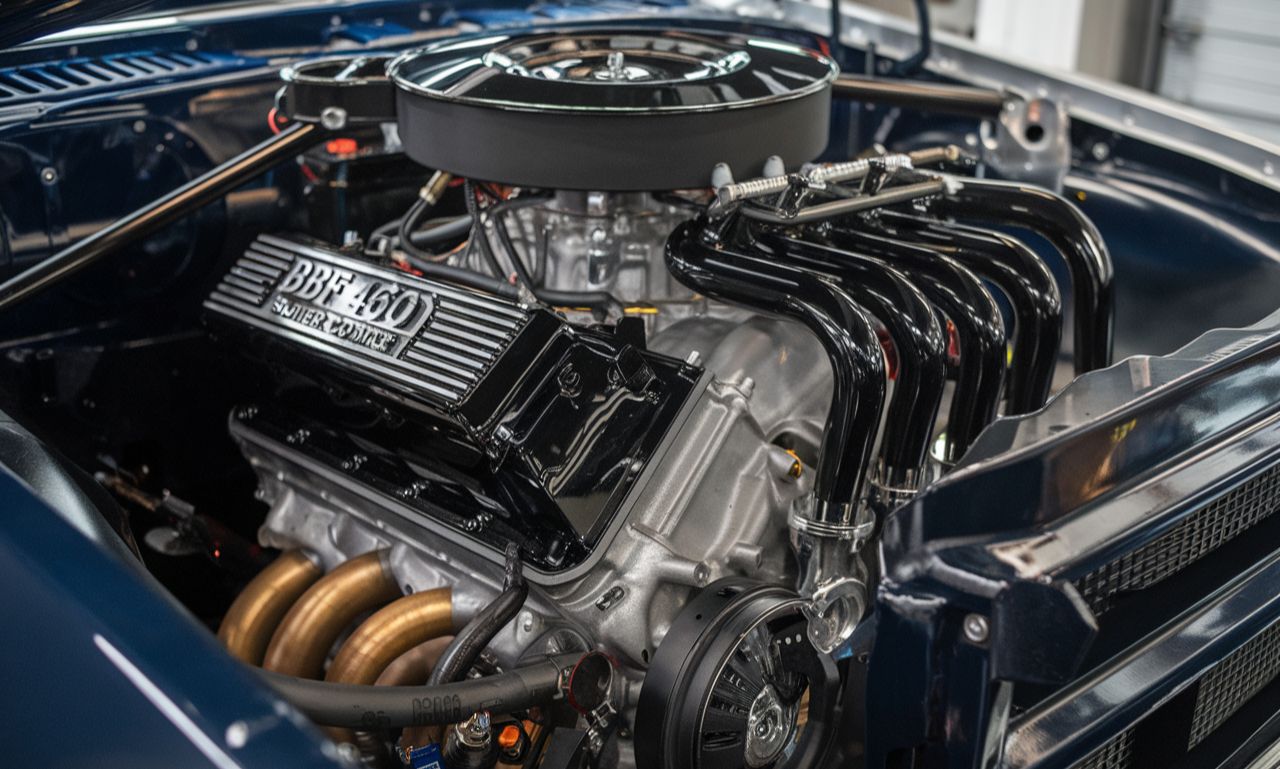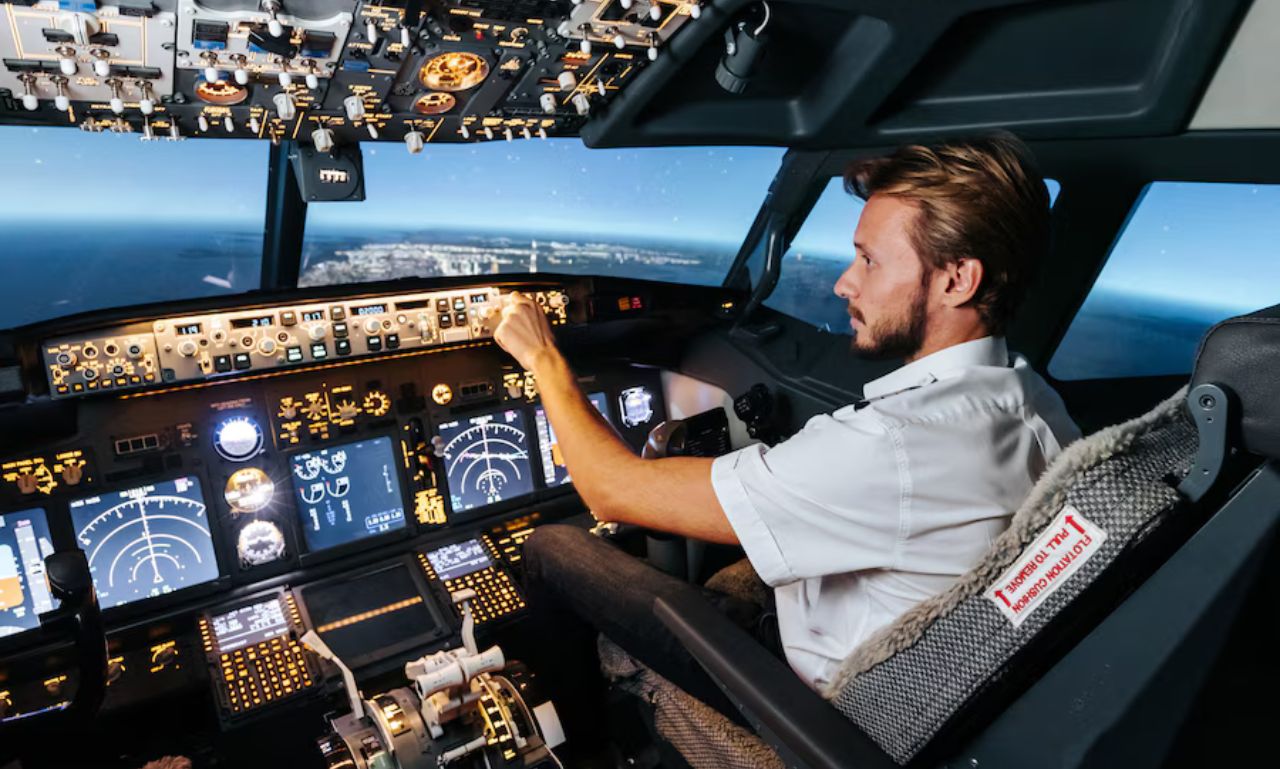The Bombardier Challenger 300 is a shining example of sophistication, engineering excellence, and aviation prowess in the world of private jets. Known for its superior performance, luxurious cabin, and reliability, the Challenger 300 is a preferred choice for corporate leaders and discerning travelers alike. In this article, we delve into every aspect of this remarkable aircraft, uncovering why it remains a cornerstone in private aviation.
What is the Challenger 300?
The Bombardier Challenger 300 is a super-midsize business jet introduced in 2004 by Bombardier Aerospace. Designed to bridge the gap between smaller light jets and larger heavy jets, the Challenger 300 has set a benchmark for range, comfort, and performance in its category.
Key Specifications of the Challenger 300
- Range: 3,100 nautical miles (5,741 kilometers)
- Cruise Speed: Mach 0.82 (541 mph or 870 km/h)
- Passenger Capacity: Up to 10 passengers
- Engines: Honeywell HTF7000 turbofan engines
- Cabin Height: 6 feet 1 inch (1.85 meters)
This combination of features makes the Challenger 300 ideal for transcontinental journeys, offering both speed and unparalleled comfort.
Design and Features of the Challenger 300
Aerodynamic Excellence
The sleek and robust design of the Challenger is a masterpiece of modern aeronautics. Its state-of-the-art wing design enhances efficiency, reduces drag, and ensures a smoother ride even at higher altitudes.
Powerful Engines
The Honeywell HTF7000 engines provide the jet with exceptional power, enabling shorter takeoff distances and the ability to operate from a wider range of airports, including those with shorter runways.
Advanced Avionics
Equipped with Rockwell Collins Pro Line 21 avionics, the cockpit of the Challenger 300 offers intuitive controls, ensuring maximum safety and operational efficiency. This advanced system includes features like:
- Synthetic vision
- Integrated flight information systems
- Enhanced weather radar
Luxury Redefined: Cabin Comfort
The Challenger boasts a spacious cabin meticulously designed to deliver a luxurious and productive environment for passengers.
Ample Space
With its flat-floor design, the cabin provides ample headroom and legroom, allowing passengers to move freely. The jet’s seating can accommodate up to 10 passengers, with configurations including club seating, divans, and individual workstations.
Entertainment and Connectivity
The Challenger is outfitted with high-speed Wi-Fi, a modern in-flight entertainment system, and customizable lighting, ensuring passengers can relax or work effectively during their journey.
Customizable Interiors
Owners can personalize the interior with a range of premium materials, from leather upholstery to wood veneers, creating an ambiance that aligns with their preferences.
Performance: The Heart of the Challenger 300
The Challenger 300’s performance is one of its defining features. Its ability to combine speed, efficiency, and range sets it apart in the super-midsize category.
Range and Speed
With a maximum range of 3,100 nautical miles, the jet can comfortably complete non-stop flights between major cities like New York and London or Dubai and Paris. Its cruising speed ensures that passengers reach their destinations quickly, saving valuable time.
Short-Field Capabilities
Thanks to its advanced aerodynamics and powerful engines, the Challenger 300 can take off and land on shorter runways, providing access to more airports than many jets in its class.
High-Altitude Performance
The jet can fly at a maximum altitude of 45,000 feet, avoiding commercial air traffic and ensuring a smoother, more fuel-efficient ride.
Why Choose the Challenger 300?
The Challenger stands out as a versatile option for business and leisure travel. Here’s why it’s a top choice:
- Reliability: Designed for consistent performance with minimal downtime.
- Cost Efficiency: Offers excellent fuel economy for a super-midsize jet.
- Comfort: Luxurious interiors make long-haul flights enjoyable.
- Flexibility: Operates from a wide range of airports, including smaller regional hubs.
Challenger 300 vs. Competitors
When compared to competitors like the Gulfstream G280 or Cessna Citation Longitude, the Challenger 300 holds its own with:
- Larger cabin size for increased passenger comfort
- Superior range in its category
- Enhanced avionics for better pilot and passenger experience
Challenger 300 in the Pre-Owned Market
The Challenger 300’s reputation for durability and reliability makes it a popular choice in the pre-owned market. Buyers often favor it for its lower operating costs and strong residual value compared to other jets in its category.
Tips for Buying a Used Challenger 300
- Check for maintenance records and adherence to Bombardier’s rigorous service standards.
- Inspect avionics upgrades and cabin refurbishments to ensure they meet modern needs.
- Engage a professional aviation consultant for a thorough pre-purchase inspection.
FAQs
- What is the cost of a Bombardier Challenger 300?
The price of a Challenger 300 ranges from $9 million to $13 million for pre-owned models, depending on age, condition, and customization. - How many passengers can the Challenger accommodate?
The aircraft can comfortably seat up to 10 passengers, with various seating configurations available. - What is the range of the Challenger?
The Challenger has a maximum range of 3,100 nautical miles, making it ideal for transcontinental flights. - Is the Challenger still in production?
Bombardier discontinued the Challenger in 2014, replacing it with the Challenger 350, which offers enhanced features. - What makes the Challenger a good choice for business travel?
The jet’s combination of speed, range, and luxurious cabin make it perfect for business executives needing efficiency and comfort during travel.











